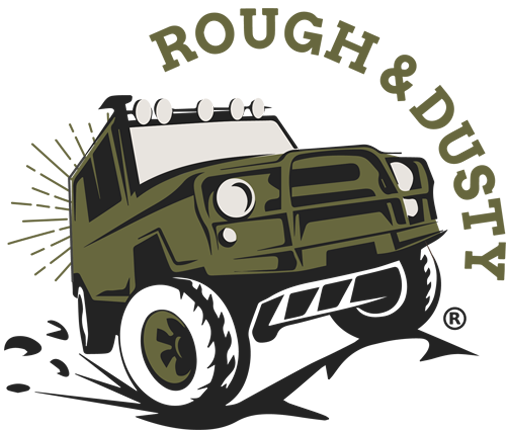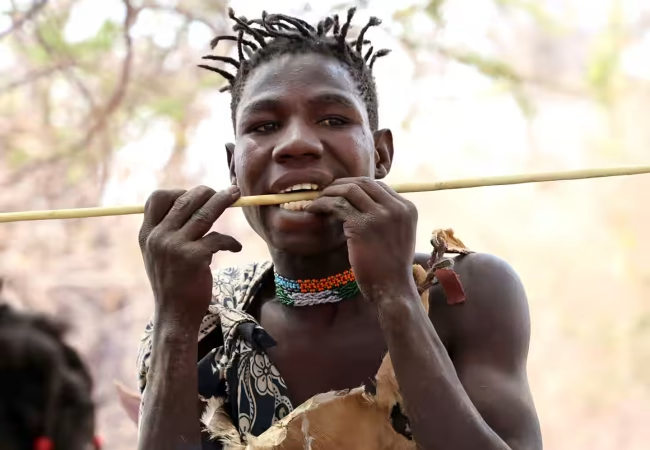7 Breathtaking Experiences on Mount Kilimanjaro: Africa’s Rooftop Adventure
Mount Kilimanjaro, the crown jewel of Tanzania, stands as Africa’s highest peak and the world’s tallest free-standing mountain. Rising 5,895 meters (19,341 feet) above sea level, this dormant volcano is renowned for its diverse ecosystems, challenging climbs, and breathtaking views. Kilimanjaro offers adventure seekers a unique opportunity to experience multiple climate zones and ecosystems in a single trek.
Definition and Key Information
Mount Kilimanjaro is a UNESCO World Heritage Site and one of the world’s most accessible high summits. Its unique features include:
- Three distinct volcanic cones: Kibo, Mawenzi, and Shira
- Five major ecological zones from base to summit
- Home to 1,200 species of vascular plants and diverse wildlife
- Shrinking glaciers and ice fields on its peak
- Cultural significance to local Chagga people
What makes Mount Kilimanjaro a must-visit location?
Mount Kilimanjaro offers 5 compelling reasons to visit: diverse ecosystems, an achievable summit for non-technical climbers, stunning views of Africa, rich biodiversity, and the opportunity to conquer one of the world’s Seven Summits.
What are the main routes to climb Mount Kilimanjaro?
There are seven official routes to climb Kilimanjaro, each offering unique experiences:
- Marangu Route:
- Known as the “Coca-Cola” route
- Only route with hut accommodations
- 5-6 days, moderate difficulty
- Machame Route:
- The most popular route, nicknamed the “Whiskey” route
- Scenic and challenging
- 6-7 days, high success rate
- Lemosho Route:
- The longest and most remote route
- High success rate due to gradual acclimatization
- 7-8 days, beautiful scenery
- Rongai Route:
- Only northern approach
- Less crowded, which is good for the rainy season
- 6-7 days, more gradual ascent
- Northern Circuit:
- Longest route with the highest success rate
- Circles around the mountain’s quieter northern slopes
- 8-9 days, excellent acclimatization
- Umbwe Route:
- Shortest and steepest route
- Very challenging, for experienced climbers only
- 5-6 days, low success rate
- Western Breach:
- Technical route with some scrambling required
- Direct approach to the summit
- Often combined with other routes
What are the five ecological zones of Kilimanjaro?
As you ascend Kilimanjaro, you’ll pass through five distinct ecological zones:
- Cultivation Zone (800-1,800m):
- Agricultural settlements and plantations
- Coffee, banana, and maize crops
- Rainforest Zone (1,800-2,800m):
- Dense, moist forest
- Home to diverse wildlife including monkeys and birds
- Heath and Moorland Zone (2,800-4,000m):
- Giant heather and colorful wildflowers
- Resembles an African savannah
- Alpine Desert Zone (4,000-5,000m):
- Harsh, rocky environment
- Minimal vegetation, extreme temperature fluctuations
- Arctic Zone (5,000-5,895m):
- Permanent ice and snow
- Extreme cold and low oxygen levels
What wildlife can you expect to see on Mount Kilimanjaro?
While Kilimanjaro is not primarily a wildlife destination, you may encounter:
- In the rainforest zone:
- Blue monkeys
- Black and white colobus monkeys
- Various bird species (e.g., turaco and hornbill)
- In the heath and moorland zone:
- Tree hyrax
- Elands (occasional sightings)
- Various rodents
- Throughout the mountain:
- Bush babies
- Honey badgers (rare sightings)
- Ethiopian highland mongoose
- Bird species at various altitudes:
- White-necked raven
- Alpine chat
- Lammergeier (bearded vulture)
When is the best time to climb Mount Kilimanjaro?
Kilimanjaro can be climbed year-round, but certain periods offer better conditions:
- January to March:
- Clear skies and warm temperatures
- Possible snow on the summit
- June to October:
- Cooler temperatures and very little rain
- Peak season with more crowded routes
- December to February:
- Short dry season
- Less crowded than June-October
- Avoid:
- April and May (long rainy season)
- November (short rainy season)
How to plan your Mount Kilimanjaro adventure
- Choose a route based on your fitness level and desired scenery
- Allow 7-9 days for better acclimatization and higher summit success
- Book with a reputable tour operator (required for all climbs)
- Train for several months before your climb, focusing on cardio and hiking
- Get a medical check-up and necessary vaccinations
- Invest in proper gear: warm layers, good boots, and a quality sleeping bag
- Consider adding acclimatization days to your itinerary
- Learn about altitude sickness symptoms and prevention
- Plan for adequate travel insurance that covers high-altitude trekking
Conclusion
Mount Kilimanjaro offers a truly unique adventure, combining challenging treks with breathtaking scenery and diverse ecosystems. From lush rainforests to arctic glaciers, Kilimanjaro provides a journey through multiple worlds in a single climb. Whether you’re an experienced mountaineer or an ambitious beginner, conquering Africa’s highest peak promises an unforgettable experience that will test your limits and reward you with unparalleled views and a profound sense of accomplishment.



